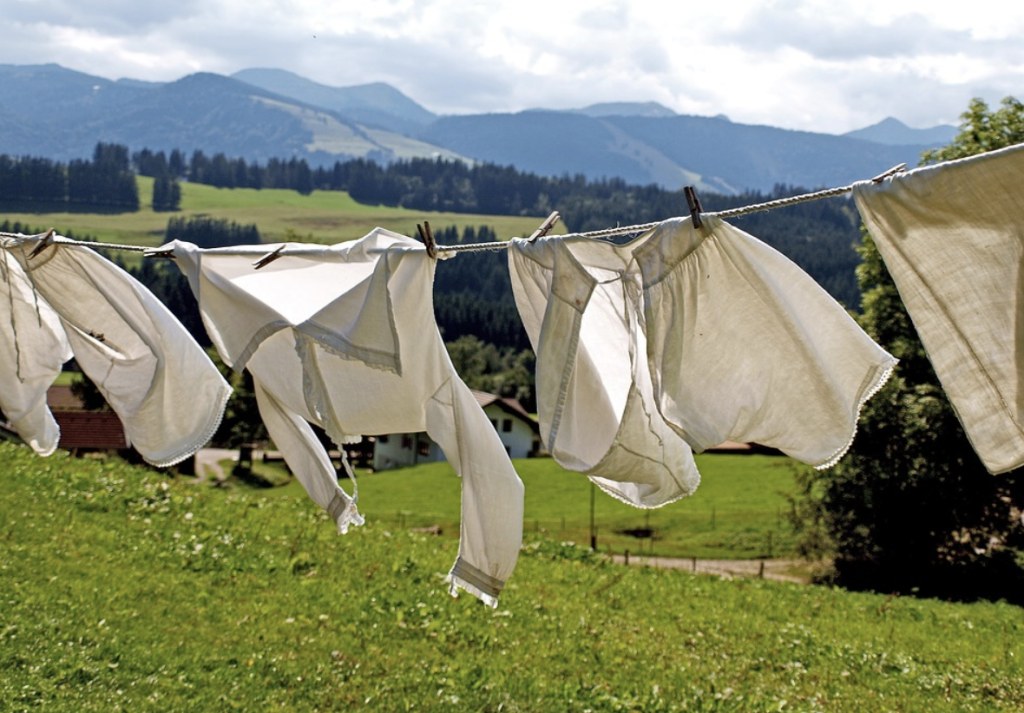
The ATO will be cracking down on false claims for clothes and laundry this tax year…
When preparing your tax return this year, it is important to consider whether your claim for laundry expenses or clothing is legitimate. Last year the ATO paid out $1.5 billion to six million people for claims made under $150 where no tax receipt is required. This year they are hoping to claw back millions by adding this area to their hit list and more closely examining deductions made for work uniforms and washing and dry cleaning of them.
You can claim a deduction for the cost of buying and cleaning occupation-specific clothing, protective clothing and unique, distinctive uniforms.
To claim a deduction you may need to have written evidence that you purchased the clothing and diary records or written evidence of your cleaning costs. Written evidence must be kept for a representative period of at least one month if both of the following apply:
- the amount you claim is greater than $150
- your total claim for work-related expenses exceeds $300.
If you received an allowance from your employer for clothing, uniforms, laundry or dry-cleaning, make sure you show the amount of the allowance on your tax return as it is assessable income. You can only claim a deduction for the amount you actually spent.
Occupation-specific clothing
You can claim for clothing that is specific to your occupation, isn’t everyday in nature and allows the public to easily recognise your occupation – such as the checked pants a chef wears.
You can’t claim the cost of purchasing or cleaning clothes you bought to wear for work that are not specific to your occupation, such as a business person’s suit.
Protective clothing
You can claim for clothing and footwear that you wear to protect yourself from the risk of illness or injury posed by your income-earning activities or the environment in which you carry them out. To be considered protective, the items must provide a sufficient degree of protection against that risk.
Protective clothing includes:
- fire-resistant and sun-protection clothing
- safety-coloured vests
- non-slip nurse’s shoes
- rubber boots for concreters
- steel-capped boots, gloves, and heavy-duty shirts and trousers
- overalls, smocks or aprons you wear to avoid damage or soiling your ordinary clothes during your income-earning activities.
Ordinary clothes you wear at work (such as jeans, drill shirts, shorts, trousers, socks, closed shoes) are not regarded as protective clothing if they lack protective qualities designed for the risks of your work.
Work uniforms
You can claim for a uniform, either compulsory or non-compulsory, that is unique and distinctive to the organisation you work for.
Clothing is unique if it has been designed and made only for the employer. Clothing is distinctive if it has the employer’s logo permanently attached and the clothing is not available to the public.
You can’t claim the cost of purchasing or cleaning a plain uniform.
Compulsory work uniform
This is a set of clothing that identifies you as an employee of an organisation with a strictly enforced policy that makes it compulsory for you to wear the uniform while you’re at work.
You may be able to claim a deduction for shoes, socks and stockings where they are an essential part of a distinctive compulsory uniform and where their characteristics (colour, style and type) are specified in your employer’s uniform policy.
You may be able to claim for a single item of distinctive clothing, such as a jumper, if it’s compulsory for you to wear it at work.
Non-compulsory work uniform
You can’t claim expenses incurred for non-compulsory work uniforms unless your employer has registered the design with AusIndustry.
Shoes, socks and stockings can never form part of a non-compulsory work uniform, and neither can a single item such as a jumper.
The ATO may contact employers to check if claimants are claiming legitimate deductions. Workers may even be asked to provide how often special clothing was worn. Even though you may not require receipts for claims up to $150, claimants may be asked to explain how they calculated their claims.
If you require further information regarding the above, then please contact our office on 07 5439 0188 or ask one of our tax specialists when they are completing your return.
